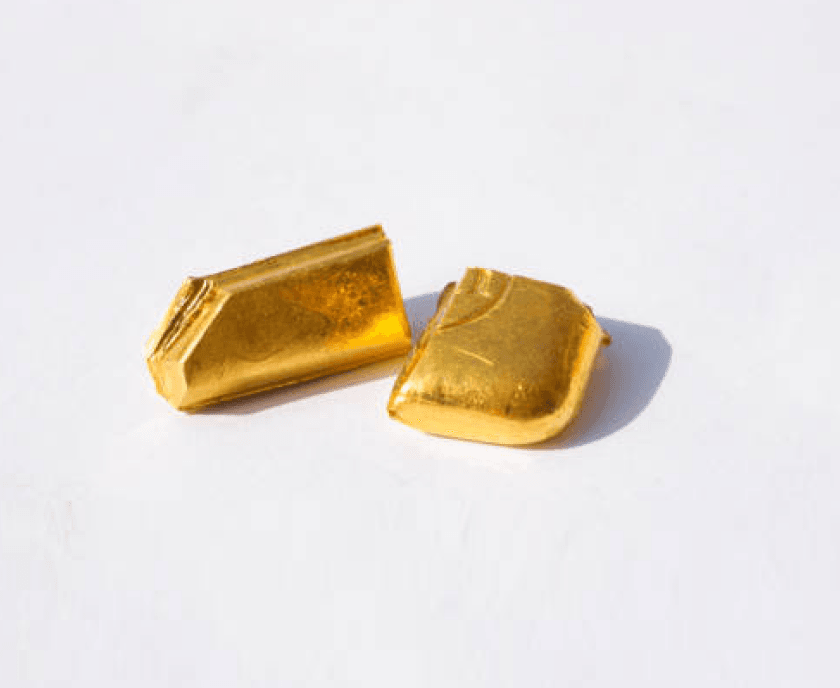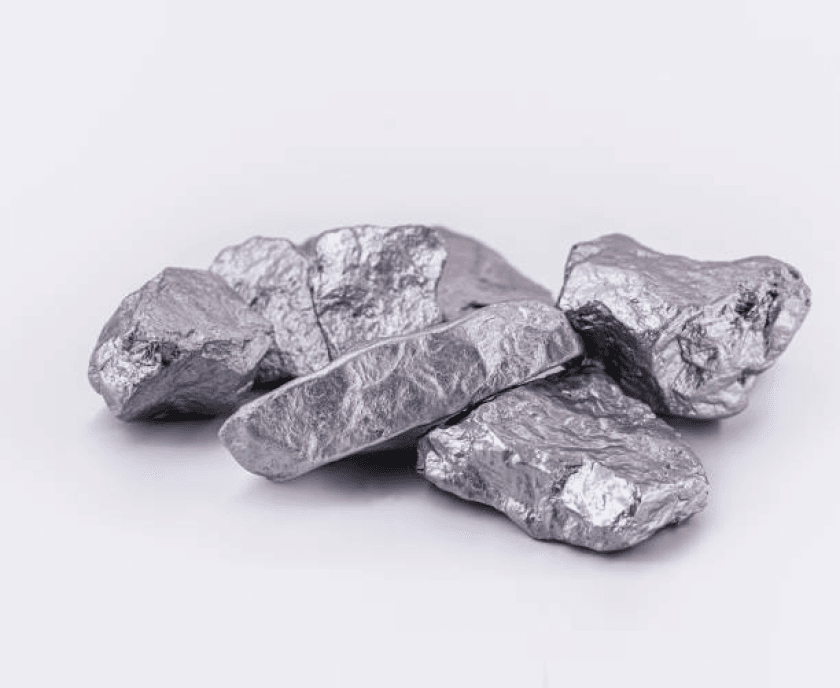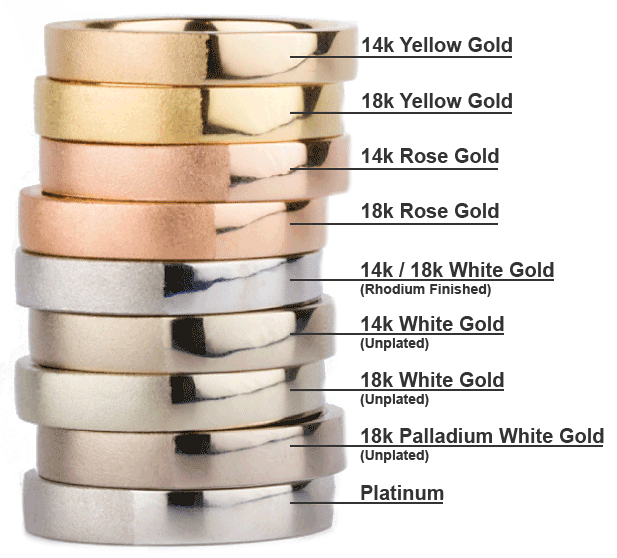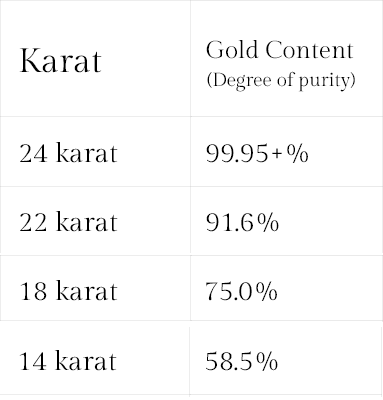Platinum is our most popular metal for engagement rings and wedding bands. Platinum's naturally white sheen will never fade or change color, and accentuates the sparkle and brilliance of a diamond. Platinum will last forever, making it the ultimate symbol for true, enduring, and everlasting love.
Density and durability
Platinum is durable. Its density makes it the most secure setting for your diamond or precious gemstone. All our platinum rings are crafted with platinum prongs for setting loose diamonds. Because platinum is a naturally white metal, re-plating is unnecessary; it will always hold its beauty.
Platinum's patina
Though it is the strongest of jewellery metals, platinum can incur a scratch and develop a patina of wear. The patina is considered by many to be a unique and often desirable attribute. However, the pre-patina shine and reflective luster can easily be revived by merely buffing it with a soft cloth.
Purity of platinum
Platinum jewellery is very rare; in fact, 30 times more so than gold. Our platinum is 95% pure (5% iridium, palladium, ruthenium, and other alloys), and its purity makes it naturally hypoallergenic, ideal for those with sensitive skin issues.
Buyer's Tips: When selecting a setting for a diamond, we recommend using a platinum head. Platinum's cool white sheen beautifully accentuates the sparkle and brilliance of a diamond, and its great strength holds the gem firmly.
How to maintain platinum's metal luster
It's easy. Simply soak platinum in a mild solution of warm soapy water, and then gently scrub it with a soft-bristled brush.





